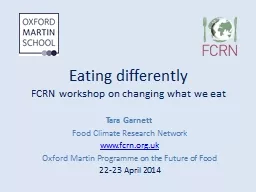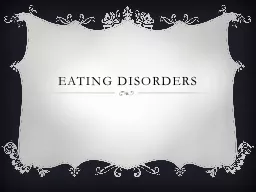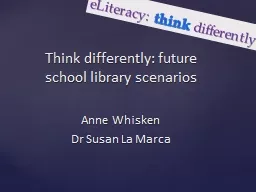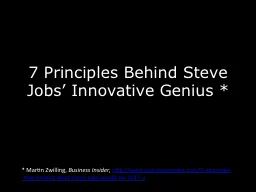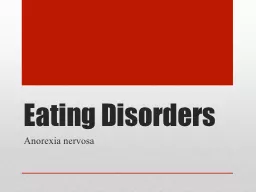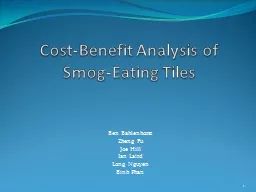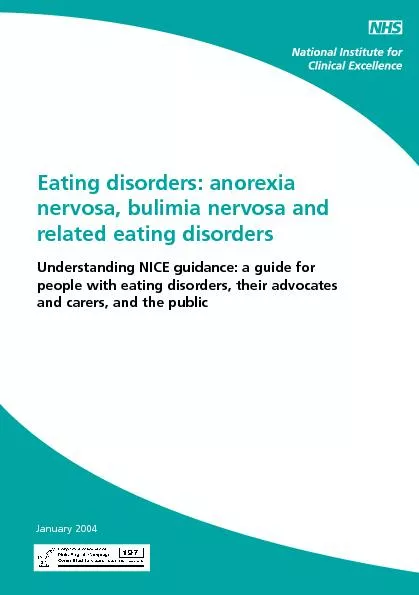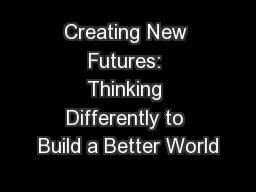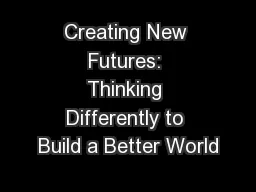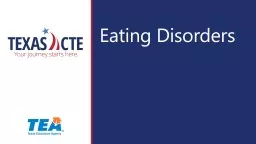PPT-Eating differently
Author : marina-yarberry | Published Date : 2016-10-23
FCRN workshop on changing what we eat Tara Garnett Food Climate Research Network wwwfcrnorguk Oxford Martin Programme on the Future of Food 2223 April 2014
Presentation Embed Code
Download Presentation
Download Presentation The PPT/PDF document "Eating differently" is the property of its rightful owner. Permission is granted to download and print the materials on this website for personal, non-commercial use only, and to display it on your personal computer provided you do not modify the materials and that you retain all copyright notices contained in the materials. By downloading content from our website, you accept the terms of this agreement.
Eating differently: Transcript
Download Rules Of Document
"Eating differently"The content belongs to its owner. You may download and print it for personal use, without modification, and keep all copyright notices. By downloading, you agree to these terms.
Related Documents

